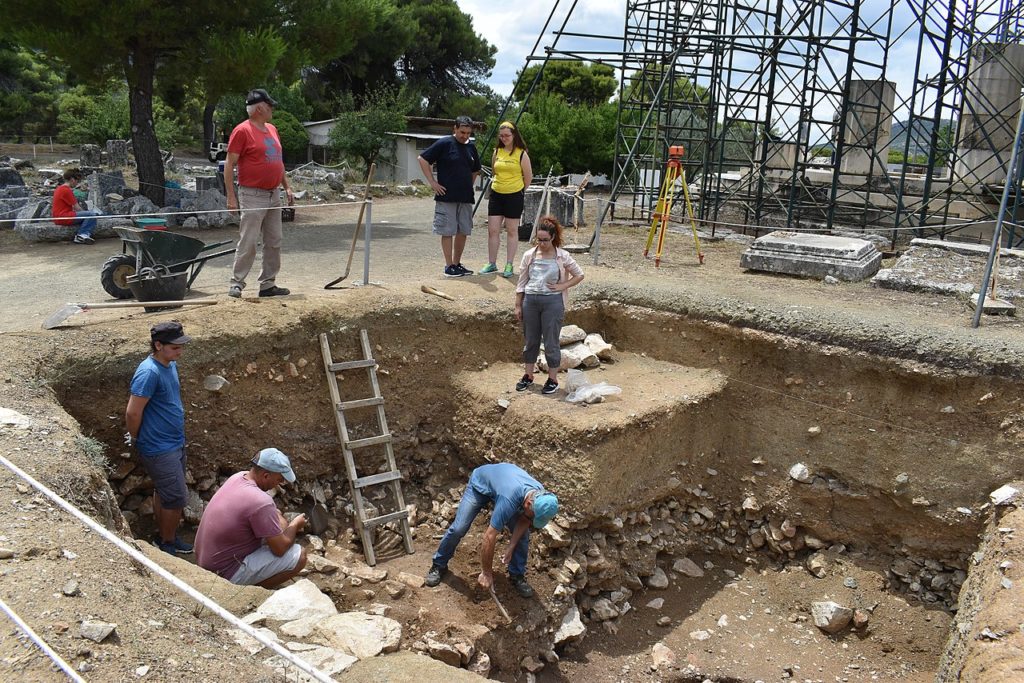The discovery, published in Nature, describes the skeletal remains of a young adult found in a cave in Borneo, who had part of the left lower leg and left foot amputated, probably as a child, at least 31,000 years ago. The person survived the surgical procedure, living for at least another six to nine years.
 This discovery shows a feat as well as a miracle that took place 31,000 years ago, when the right conditions for performing surgery were not guaranteed. Yet an ancient human community was able to successfully navigate veins, arteries, nerves, and tissue, and keep the wound clean so that it healed successfully. The individual went on the live into adulthood where an unknown cause eventually led to their death.
This discovery shows a feat as well as a miracle that took place 31,000 years ago, when the right conditions for performing surgery were not guaranteed. Yet an ancient human community was able to successfully navigate veins, arteries, nerves, and tissue, and keep the wound clean so that it healed successfully. The individual went on the live into adulthood where an unknown cause eventually led to their death.
This individual continued to live into adulthood and died of undetermined causes.
 The skeleton of the young man, probably in his 20s when he died, was carefully buried in the LiangTebo cave – located in Borneo, East Kalimantan, where there is a limestone area containing some oldest arts that draw on rock in the world.
The skeleton of the young man, probably in his 20s when he died, was carefully buried in the LiangTebo cave – located in Borneo, East Kalimantan, where there is a limestone area containing some oldest arts that draw on rock in the world.
Scientists are thinking about the possibility that this person had an accident as a child, and the prehistoric community here realized that amputation of his left leg was necessary to keep him alive.
According to sciencedaily.co














